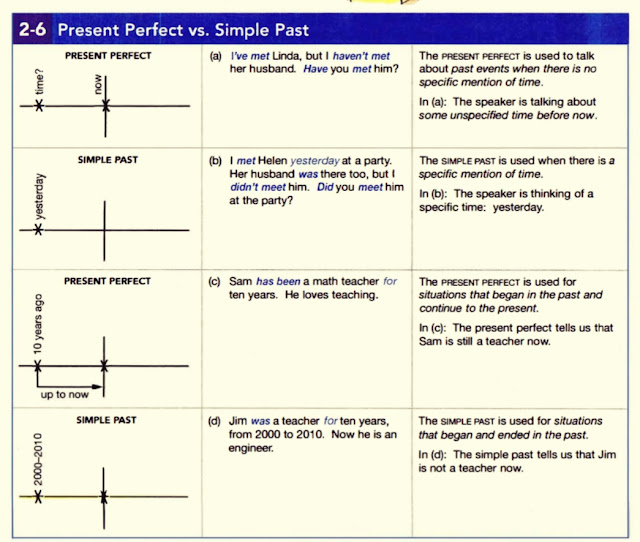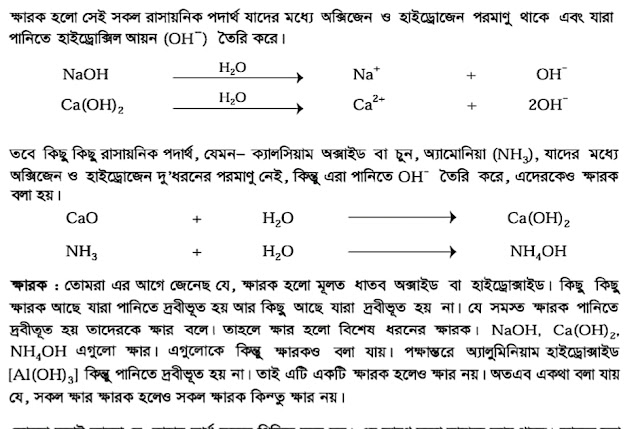Figures of Speech |Figurative Language
Figures of Speech | |Definition of Figure of Speech
The ornaments of language. They are the words and phrases that convey more than their dictionary or literal meanings.
Figure of Speech Examples |Examples of Figure of Speech
The commonly used figures of speech are: simile, metaphor, metonymy synecdoche, personification, hyperbole, etc .
For instance, the word 'log' in the sentence, "She sleeps like a 'log', is a figure of speech called simile. The literal meaning of 'log' is 'a thick piece of wood cut from a tree. So, a log is lifeless, motionless-dead.
"She" has been compared to a "log" to suggest that she sleeps so deeply as if she were dead .
Figurative Language|| Figurative Language Definition
The language containing figures of speech is called figurative language. Figurative language is different from scientific language because figures of speech are avoided in scientific language.
Next
Next



Comments
Post a Comment